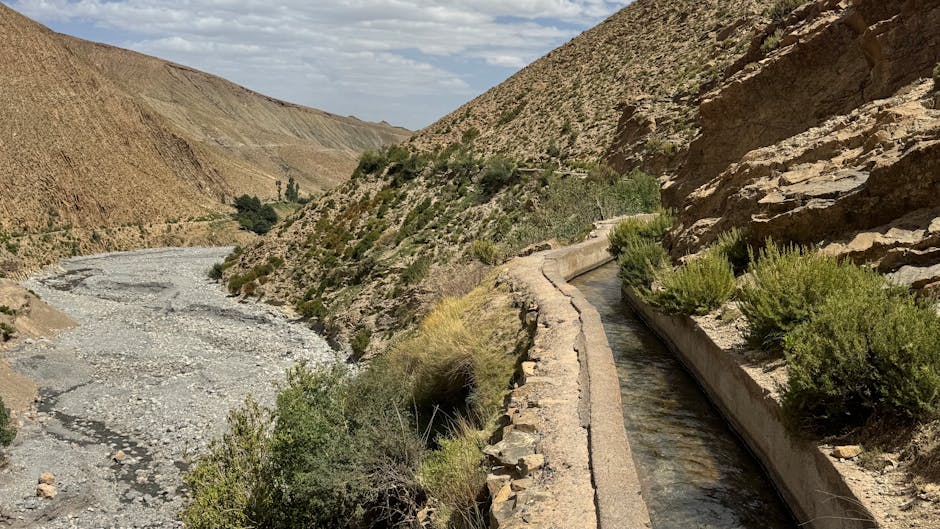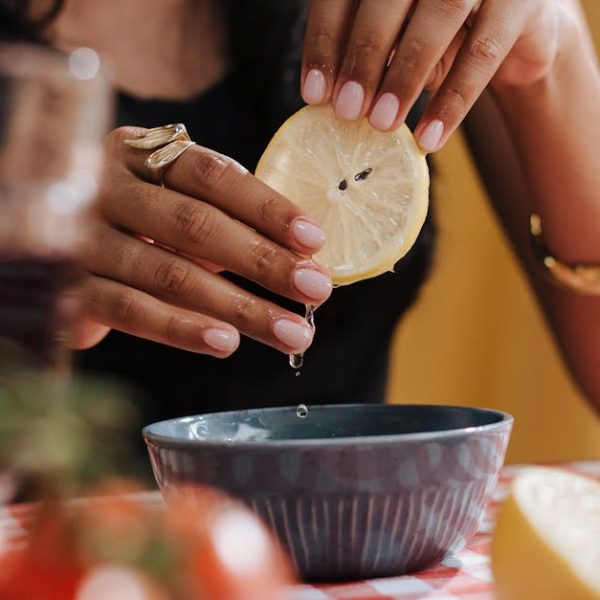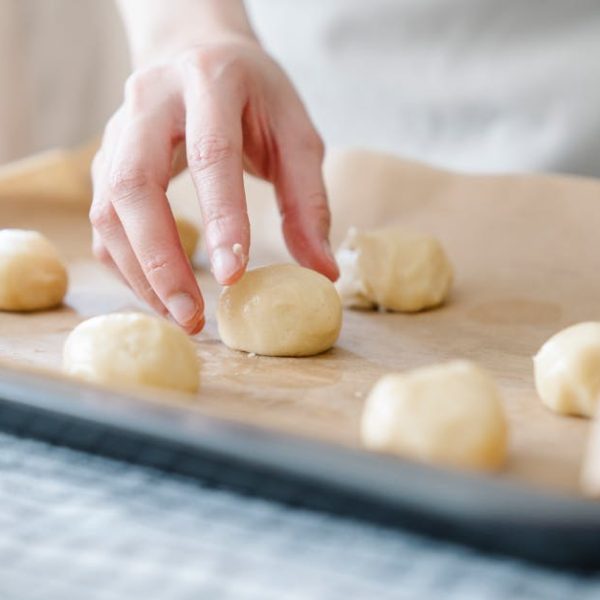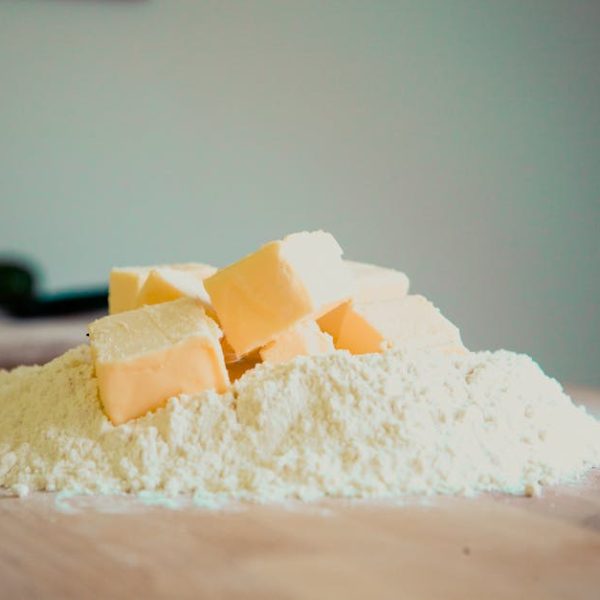Choosing the Right Pizza Stone and Preheating It Correctly
The key to a pizzeria-level homemade pizza lies largely in the stone you choose. Today, you’ll learn why knowing the thickness and material of your stone count. Did you know that a thicker pizza stone provides better heat retention and distribution, delivering a consistent crust? In contrast, a thin or low-quality stone may lead to an unevenly baked pizza or even a cracked stone! Here, material matters too: pizza stones are typically made of either cordierite, ceramic, or steel, each offering diverse properties in terms of heat retention, durability, and baking speed. So, spend some time understanding your cooking needs before settling in on your ideal pizza stone.
The next big step is preheating – an unavoidable part of the pizza stone process. Preheating your stone is crucial to achieving that crisp, evenly baked crust we all strive for. Remember, you’re not just warming your stone; you’re preparing it to transfer heat to your pizza dough evenly.
- Best Practices:
- Always preheat pizza stone with your oven to avoid thermal shock.
- Never place a frozen pizza on a hot stone as sudden temperature changes can cause it to break.
Effective Techniques for Placing and Baking Pizza on the Stone
Believe it or not, there is a ‘correct way’ to place your pizza on the stone. By mastering this, you’ll not only preserve your stone but also your drool-worthy pizza. Here’s where a pizza peel steps into the limelight. Not only does this spatula-like tool help you transfer your pizza onto the heated stone, but it also allows you to maneuver it while baking. Sprinkle some cornmeal or flour on your peel before placing the dough. It acts like tiny ball bearings, allowing your pizza to slide off the peel onto the stone with ease.
- Pro Tip:
Hold back the urge to overload your pizza with toppings. An excessive amount can cause spillovers onto the stone, leading to a sticky mess and a potential smoke flare-up inside your oven.
Cleaning Your Pizza Stone Properly
Cleaning your pizza stone may seem daunting, but it needn’t be. Remember, less is more when it comes to cleaning your stone. Avoid using soap or detergent as the stone is porous and absorbs these chemicals. Instead, rely on warm water and a stiff, non-metallic brush to dislodge pizza remnants. You’ll be surprised at how effective this method can be.
- Checklist:
- Never soak your stone in water as it may cause cracking.
- Don’t waste time scrubbing. Simply scrape off any food leftovers with a plastic spatula or brush.
- Allow your stone to dry completely before storing it. Avoid rushing this process as any left-over moisture can cause your stone to crack next time you heat it.
Understanding the Process of Seasoning a Pizza Stone
Seasoning is not exclusive to cast iron pans. It’s also a beneficial process for your pizza stone. Seasoning your stone creates a natural, easy-release cooking surface and helps avoid sticking. Furthermore, the process prevents your stone from absorbing unwanted oven flavors and increases its lifespan. Here’s a step-by-step guide to seasoning your pizza stone:
- Preheat your oven to 200°C (392°F).
- Apply a coat of oil (flaxseed, canola, or shortening) to the top of the stone.
- Place the stone in the oven for an hour.
- Turn off the oven, leaving the stone inside to cool slowly overnight.
- Comparison:
- Pros of seasoning: Increases the stone’s lifespan, enhances flavor over time.
- Cons of not seasoning: The probability of uneven cooking, and a shorter lifespan of the stone.
Storing Your Pizza Stone Correctly to Increase its Lifespan
Last, but definitely not least, storing your stone correctly can make a world of difference to its longevity. A stone that is thoroughly dried and stored in a cool, safe place is less likely to develop cracks. Moreover, handle your stone with care, and avoid placing heavy items on top of it.
- Pro Tip:
Space permitting, consider leaving your pizza stone in the bottom of your oven even when not in use. Not only will it occupy ‘wasted space’, it can also contribute towards maintaining a stable oven temperature and even improve the outcomes of your everyday baking and roasting.
Conclusion
In essence, your pizza stone requires a little love and attention to deliver that perfectly baked, mouth-watering pizza. Choosing the best-suited stone for your needs, handling it with care during the baking process, cleaning it properly, seasoning it to perfection, and storing it correctly are all key to increasing the lifespan of your stone and ensuring those delightful pizza nights go undisturbed! Happy baking!
Key Takeaway:
- Selecting a high-quality pizza stone of the right thickness and material is crucial for achieving a consistently baked pizza.
- Properly preheating the pizza stone and correct baking techniques are essential to avoid damage and enhance the flavor of your pizza.
- Regular care and maintenance of the stone, including right cleaning practices, can improve its longevity.
- Seasoning your pizza stone not just increases its lifespan but also enhances the flavor of your pizza over time.
- Correct storage of your pizza stone plays a crucial role in preventing cracks and enhances its lifespan.
Despite the different steps and procedures required in retaining the quality of your pizza stone, acquiring the skill opens the door to a myriad of possibilities in making the best homemade pizzas. Just remember, with consistent care and maintenance, you can enjoy your perfect pizza nights for many years to come.
FAQs
Q: Can I use oil to clean my pizza stone?
A: It’s not recommended to use oil or soap to clean your pizza stone as it’s porous and can absorb these substances, which can then produce smoke or affect the flavor of your pizza.
Q: Can I season my pizza stone with any type of oil?
A: Ideally, flaxseed, canola, or shortening can be used for seasoning your pizza stone.
Q: How often should I season my pizza stone?
A: Seasoning your pizza stone depends on how often you use it. Regular users may need to season the stone once a month, while occasional users can do it every few months.
Q: Can I store my pizza stone in the oven?
A: Absolutely, if you have space, storing your pizza stone in the oven can help in regulating the oven’s temperature during usual cooking and baking, aside from saving storage space elsewhere.
Q: What should I do if my pizza stone cracks?
A: If your pizza stone has minor cracks, you may still be able to use it. However, if the cracks are significant, it’s better to replace it to avoid any potential risk during baking.
Your understanding and appreciation for pizza stones will pave the way for gratifying homemade pizzas. Share this article with your pizza-loving friends and explore more posts on our website for other cooking tips and hacks.






